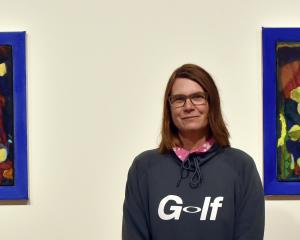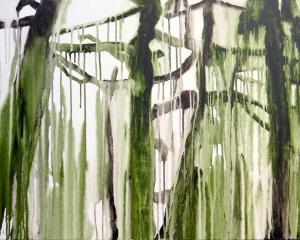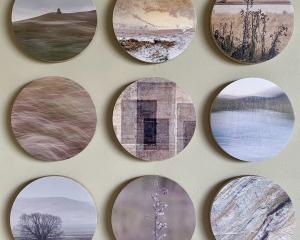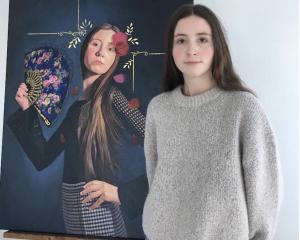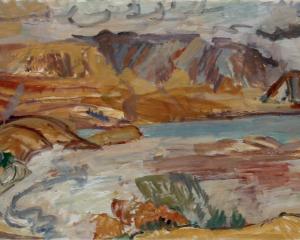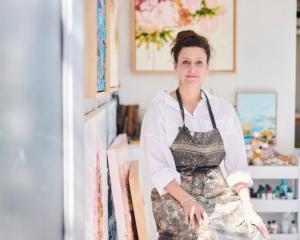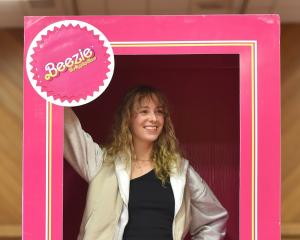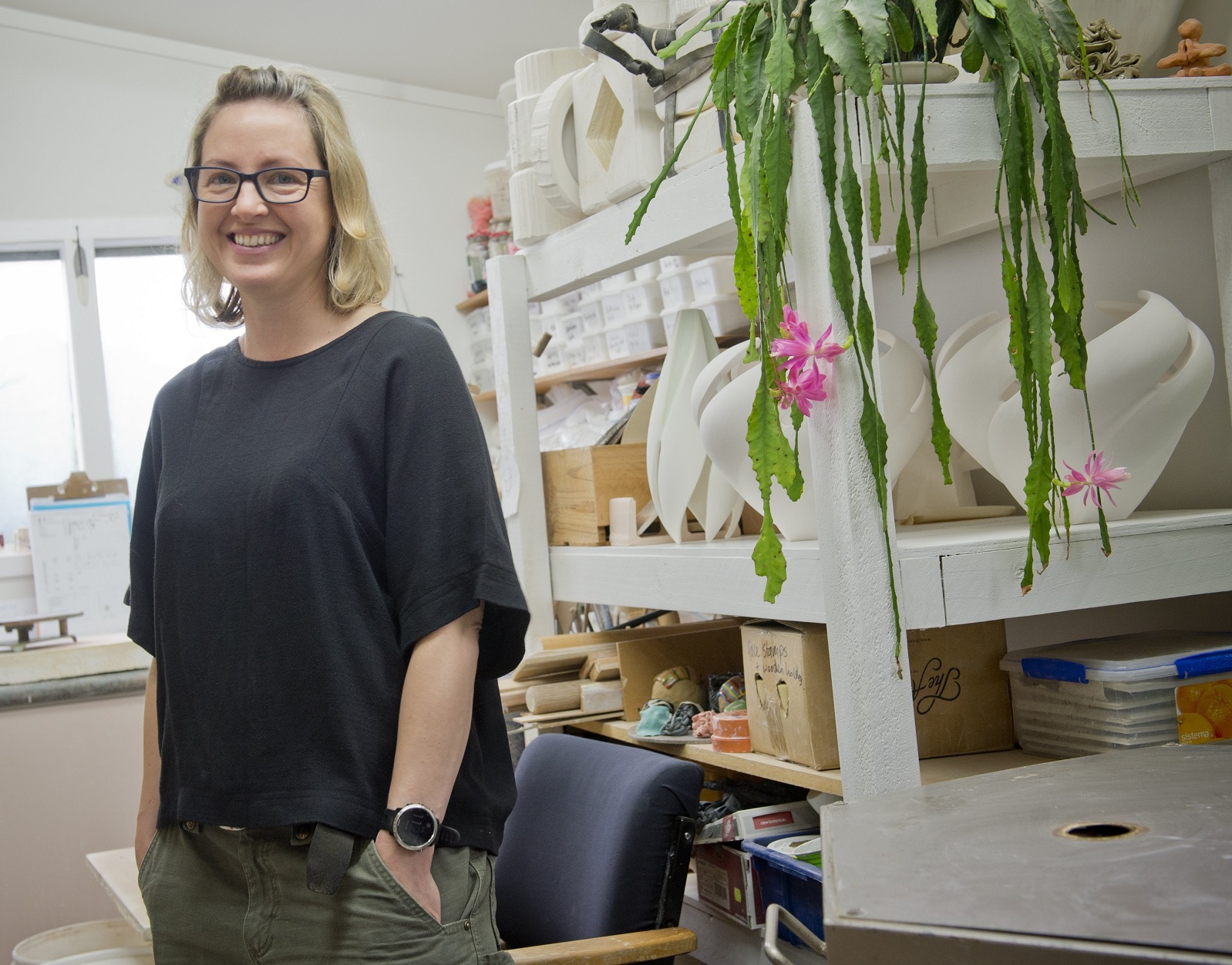
Walking through a typical crowded suburban garage you hardly expect to find a light, bright studio tucked away behind a door.
"It’s the storm before the calm," artist Elise Johnston jokes as she leads us through.
Inside, Johnston has carved out a small space for her creative practice where everything has a place - cupboards for her moulds, drawers for her bisques and shelves for her glazing samples and finished works.
She pulls down from the shelf a colourful "square hole", a work very similar to the one that won the Arts Council Nelson Contemporary Ceramics Award and $8000 earlier this year, to show the direction her latest work is going.
That work, Square Peg, Round Hole, was described by judge Charlotte Davy as one they kept having to come back to explore a bit more.
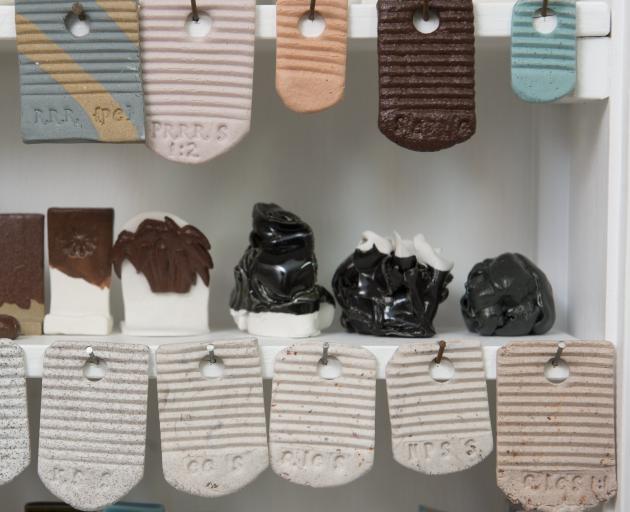
For Johnston the win was exciting.
"It was amazing, really such an honour. It’s quite validating to know other people value it as well."
The work was born pre-Covid in a group exhibition "Don’t Lick the Artwork" at Form Gallery in Christchurch, where she created cups and plates with delicate blobs and began layering shapes.
"It was all about delicious pieces."
She was thinking of how to develop the concept when she watched a video from British ceramics producer Wedgwood which showed how it made the "sprigs" - small detailed relief sculptures - for its famous Jasperware range.
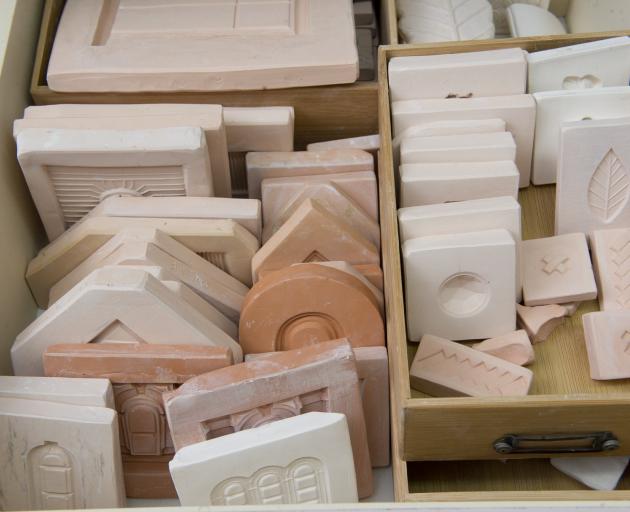
The detail in Jasperware is more classically Greek inspired, but Johnston wanted to give the method a more contemporary New Zealand feel.
Always fascinated with architecture, Johnston is known to stop and take photos of Dunedin’s buildings and architectural details as she goes about daily life as a mum of two.
Watching the transition as heritage buildings around the city are restored and their architectural features picked out interests her. Cupboard doors in her studio are papered with historic architectural images.
Alongside that is an interest in the forms of native flora and fauna as she explores her place within New Zealand as an English immigrant. When her doctor father got a job in New Zealand, the family moved here. Johnston was 7.
"I am a keen tramper and find lots of inspiration in the colours of the forests and tussocklands of the Otago and Maniototo region."
So she has made her own sprigs featuring detailed images of local flora and fauna like the cabbage tree and moulds and stamps with different patterns like corrugated cardboard to mimic congregated iron which give her different textures to play with.
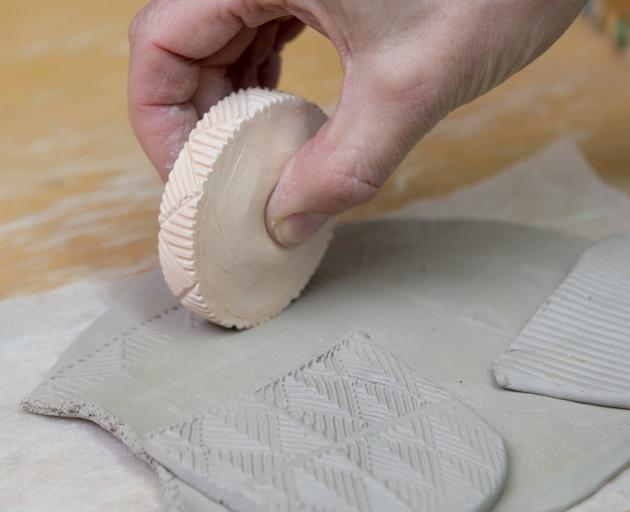
She puts that, and her love for fabrics, down to growing up with a mother who was a costume designer, so there was always a lot of sewing and fabric around the house.
"It catches my eye - I’m drawn to patterns."
Creating her "holes" can take a few days as she prepares different parts of the structure, rolling out the clay and creating the sprigs ahead of time. Then it takes about a full day’s work to assemble it and then a few hours for glazing and then firing.
"I joke that any bits that fall off I just put them on the pile and fire them on the next one."
She also sometimes uses lustre paint to pick out details requiring an extra firing. A feature of the works are her "glazed blobs" which are placed around the works and have appeared on her previous works as well.
Johnston has done a lot of experimenting with different types of clay to see what colour the clay goes after firing. Some goes a peachy colour; others go red. She hangs fired samples up on hooks to give her a visual reference when creating a new piece.
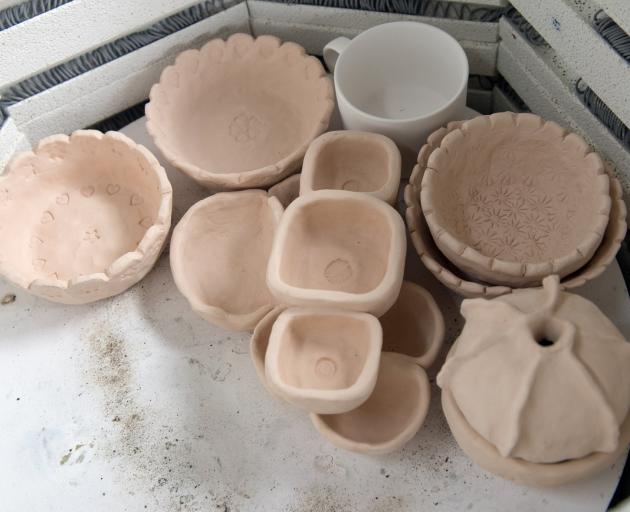
The grey features in her "holes" are created out of the leftover clay and glazes that go into a bucket. They settle out and then she dehydrates it to become a usable material again.
"It’s a mix of clay and glaze that goes this grey in colour, so I use it back into my art. It’s a win-win. The material isn’t getting wasted or doesn’t go into landfill."
Over the years she has had work selected for the Portage Ceramic Awards (2013) and the Emerging Practitioner in Clay Awards. In 2019, Elise was the Doris Lusk Artist-in-Residence.
Always an arty kid, Johnston studied sculpture at Dunedin School of Art, but always had a soft spot for ceramics, often sneaking off to the ceramics department at lunchtime.
When she graduated she joined the Otago Potters Group, gaining experience and learning off members. But it was only when she had children that ceramics came to the forefront of her practice.
It was something she could do from the spare room at home while continuing to spend time with her children. She, together with her mother, Karen O’Neill, launched Three Cups of Tea ceramics, making tea and coffee cups featuring New Zealand bird and Dunedin logos.
"I love the functionality of ceramics."
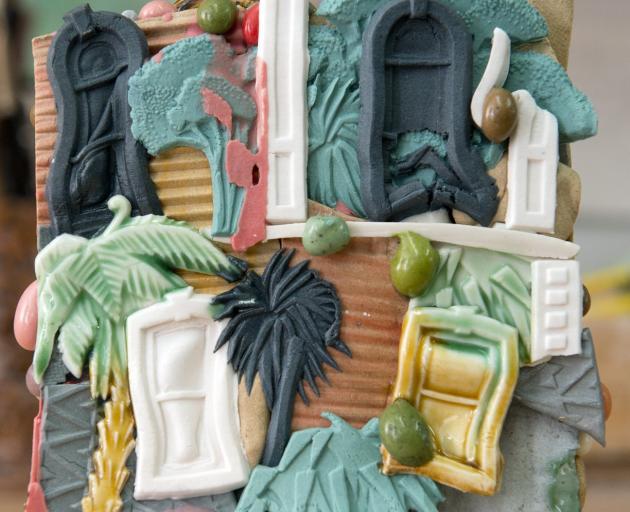
"It’s technical but I really enjoy experimenting with the glazes."
From there she developed what she calls "gloopy" glazes for her works and refined the technical aspects to creating a food-safe glaze as well.
So her practice has evolved into four different aspects: her creative glazed ware, the Three Cups of Tea domestic wares, workshops for beginners and also experimental sculpture for a local architectural design practice.
"Somehow all my work comes together. I do have to write myself lists, though. But it’s good it keeps turning over the kiln and gets the work through."
To keep up with demand for the architectural work, where she glazes ceramic pieces to their designs, she is having to use Otago Polytechnic’s facilities.
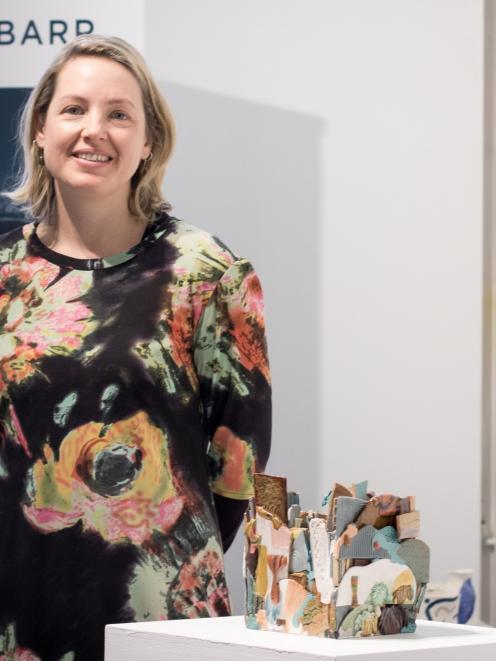
As part of the Nelson Arts Council clay week, Johnston also held a workshop.
"It was a great experience and I got to meet heaps of people."
This year has been her first as a full-time ceramicist, as in the past she has juggled it with other part-time jobs. She works mostly during school hours.
"It’s been a bit nerve-wracking having to rely on yourself, but it’s good to have that flexibility. It’s taken a bit of adjusting, as I did like that social aspect of working."
TO SEE
Elise Johnston is opening her studio to the public by appointment on December 10, 10am-3pm. Email threecupsoftea.nz@gmail.com for details.

